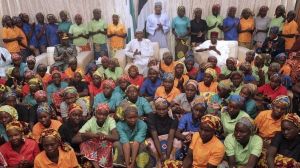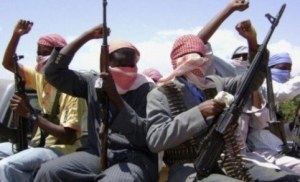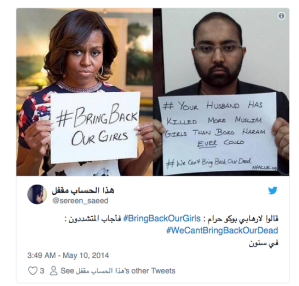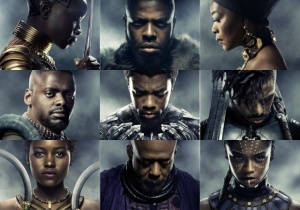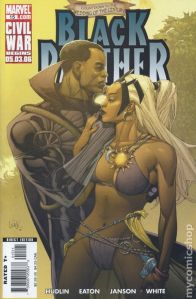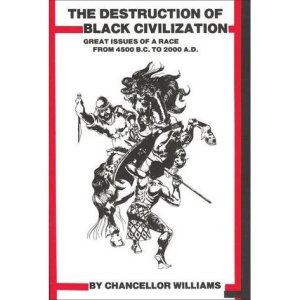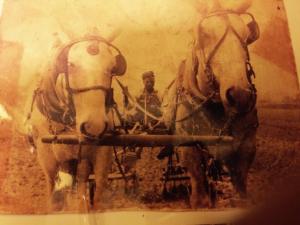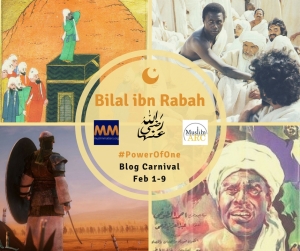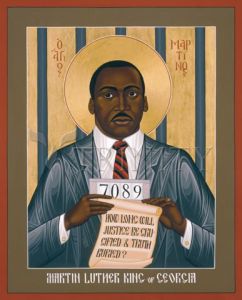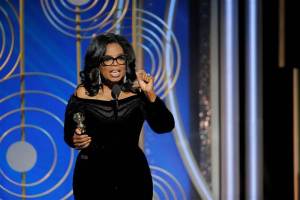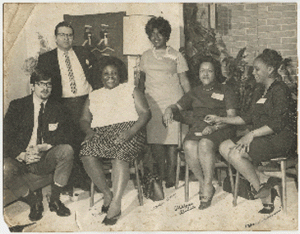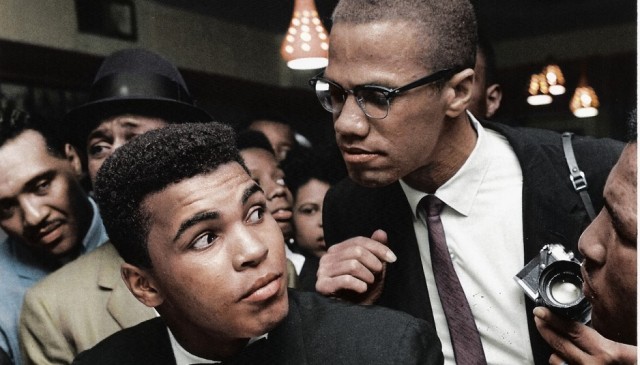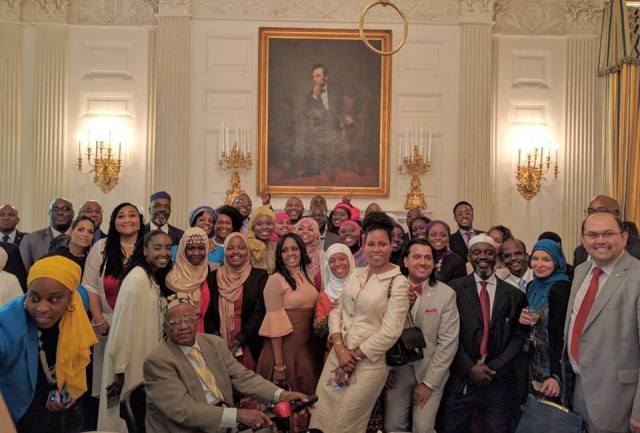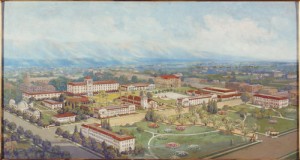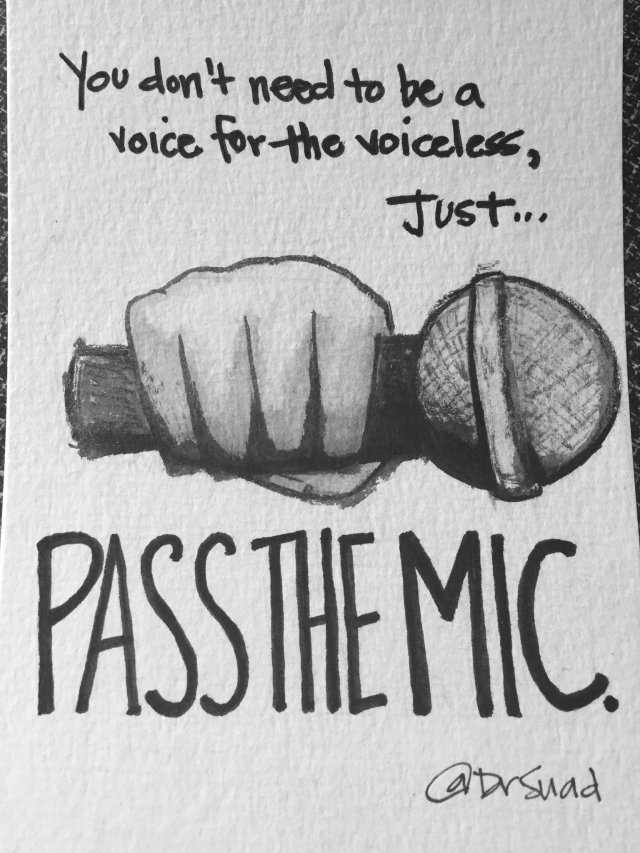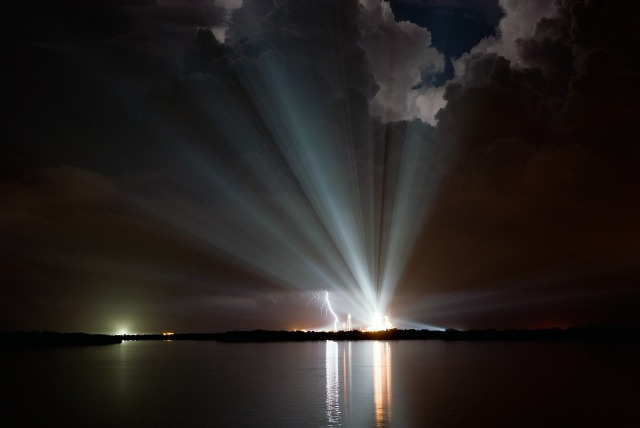There will be a lot of altruisms today about mental health, but few people are looking at systems change and the cultural shift work that is required to create real communities of care. Instead, you’ll see a lot of social media posts. And there will be a lot of memes and info graphs linked to campaigns. I applaud those who are sharing their stories of vulnerability. I applaud those efforts that encourage others to support and raise awareness about seeking professional health. However to truly address Mental Health we must take a multi-pronged approach that increases access, develop better support systems to help individuals heal, look internally to develop healthier interpersonal skills, and be committed to systems change.
Reducing stigma is a wonderful step, but we overlook the challenges of access. There are challenges of coming up with the money for co-pay, of finding time for people who have to work long hours, transportation, child care, etc. Some are still uninsured. And for those of us who are self insured or have pre-existing conditions, there is a special dread to the gutting of the Affordable Care Act (ACA). Before ACA, I spent thousands out of pocket to a counselor. Over the years, I spent thousands in co-pays, money I had the luxury to spend. Caring for our emotional, psychology, and behavioral health can be a daunting journey. And as someone reminded me it is a deeply spiritual journey. Going to a counselor once a month or even twice a month helps, but it is not a silver bullet.
We can’t fixate on fixing individuals when it is society that is making us sick and maladapted. Also, it is society that makes the world an intolerable place for neuroatypical people. Michel Foucault elaborates on this in Madness and Civilization: A Hisotry of Insantiy in the Age of Reason Nueroatypical were not seen as productive in a capitalist society, they were locked away. In the 80’s the asylums like the one not far from my childhood home were closed. The residents were often cast out and when their families could not support their care they became our homeless and wound up in our criminal justice system. But in indigenous cultures, there was always a place for those who experience reality differently. This notion that an individual can lift themselves up by their emotional bootstraps, even if under the onslaught of modernity the stress of being productive, of consuming, of being isolated is indeed from a neoliberal mindset.
One of the things about Western medical practices is that it often focuses on the individual. But it takes families, it takes communities, it takes systems of support. That Our neighbors and family members could have helped the process, but they didn’t. They just watched from their windows or from a distance. My mother struggled caring for my brother who had a shattered hip and elbow. She had an infant, her toddler grandchild, me as a teen. I was in junior high when I had to take time off of school to watch his daughter as my mother made trips over the Santa Cruz mountains. For three days they said he wouldn’t make it. Then after months in the hospital, they said he wouldn’t walk. But he did. It took all of us for his recovery from hip surgery four years after his hips fused from bone spurs. That is what I found so powerful in anthropologist historian Steven Feireman’s work on therapeutic pluralism. He discusses the importance of kinfolk and neighbors in therapy. In many traditional societies, healing work whether physical therapy or psycho-somatic entailed communities.
Similarly, mental health is not an individual problem. It is a problem of communities, families, organizations, and work cultures. I’ve studied a lot of ethnographies on Islamic courts or conflict resolution, and so much of it was about repairing relationships. They still had to be in community together. In my journey I have experienced the promise and the frustrations of our lack of systems of care. I have personally experienced cruelty and been treated with contempt during the most challenging of times. I have faced that when my aunt died in 2015, when my best friend from high school died from cancer in 2016, when facing postpartum depression and countless other times. This is because it is much easier to articulate the need to be caring to others, but much more difficult to care for individuals who might call us into account for power, race, gender disparities and hold those of us who are more privileged and have access to resources to manage their our care to a higher standard. The one that needed fixing and adjusting is often the one who is subordinated. I was to be fixed to be silenced, to only share those thoughts in tahajjud prayer or with a counselor, otherwise in silence. Individuals who have power/privilege often don’t look at their own toxic patterns of socialization and how that need to maintain internalized superiority destroys all of our well being.
As I tread water and forge my own community of care, I know I have failed others who are drowning. And I am sorry. I’ve had to direct others who faced sexual violence, incest, abuse, emotional collapse to better resources. I’ve been complicit in trying to keep myself afloat and not reaching out to create the community of care I need by being there for them. My well-being is wrapped up in community and family and being able to be loving, sensitive and caring without coercion or control. My community of care needs to be a cultivation of relationships built on trust, as well as duties, and rights that are inspired by the Prophetic teachings.
I don’t have all the answers, but I do know that there are times when I felt the weight lifted off of me. That has been in justice spaces, in organizational leadership trainings, and in Muslim women’s support groups where I have felt the most seen and heard and experienced the most healing. The connection I’ve experienced during my work at Muslim Anti-Racism Collaborative (MuslimARC) helped maintain my belief that we could embody faith principles by taking a stark look at patterns of thought and behaviors that alienated ourselves from our true selves and interrupt patterns of harmful communication. It has been difficult work. And I feel that I have a roadmap for compassion.
As I am on the path of healing and building, it is essential that I keep a view of mental health as a justice issue with systems change in mind. We must move beyond the moral platitudes.It has to be transformative work on an individual and systemic way. We cannot perpetuate harm on individuals who are marginalized. We must take deep looks at ourselves to avoid stigmatizing others, making them question their lived reality, shaming them for speaking their truth, avoiding them because they make us uncomfortable. We must participate in the healing of others. We must work to redress the harm we might have caused because that will help their healing. We must reach sincerely to those who are most isolated and build real communities where we care for each other. We must look within, give generously to support individuals to get the treatment they deserve, and fight to open up access through policy and advocacy.

